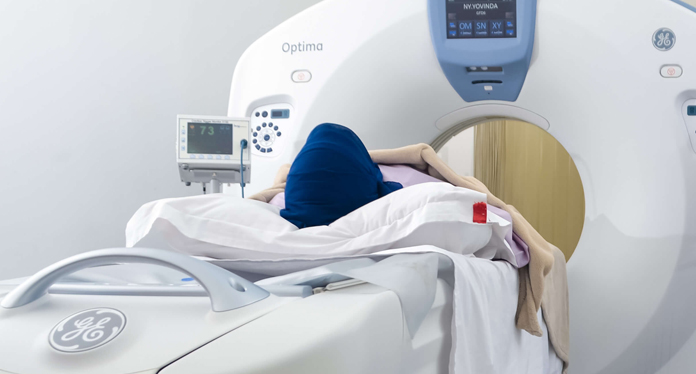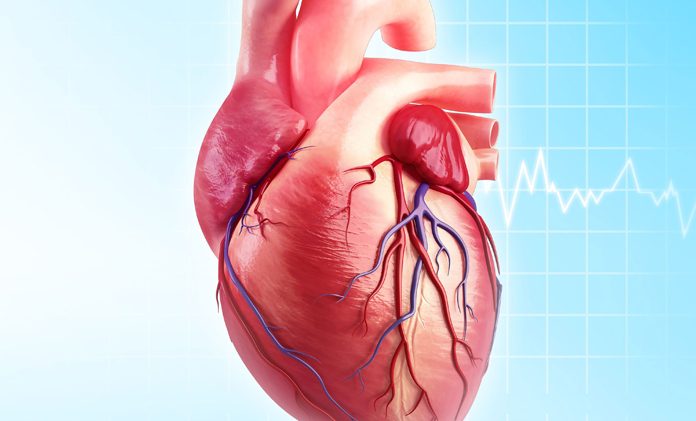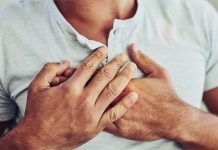Your doctor may suggest you go for a heart CT scan. A CT scan involves an x-ray method that combines several x-ray images with the help of a computer. This procedure generates cross-section views of the body to help the doctor or the heart specialist detect the heart’s problem and analyze it.
The advanced cardiac CT scan technology uses intravenous contrast to see the heart muscle, structures, pulmonary veins, coronary arteries, aorta, and pericardium.
What exactly is a heart CT scan?
A CT scan or a cardio scan implements an X-ray procedure to view specific areas of the body. With the help of x-rays, these scans use nominal and safe amounts of radiation to get detailed images, which can help the heart specialist to detect any problems. The CT scan also helps to view blood vessels along with the heart.
During the test process, a particular type of dye is injected into the patient’s bloodstream. After a while, the specific dye is seen under a specific camera.
A heart CT scan may be called a coronary CT angiogram if it shows the arteries responsible for bringing blood to your heart. The test is also called a coronary calcium scan if it determines a calcium buildup in your heart.
Why is a heart CT scan performed?
Your doctor may recommend you a heart CT scan to look for certain conditions like:
- Congenital disabilities in the heart and other congenital heart diseases
- Formation of a hard substance called lipid plaque which blocks the coronary arteries
- Injuries and defects to the four primary valves of the heart
- Formation of blood clots within the chambers of the heart
- Tumor in the heart
People with heart problems undergo a heart CT scan generally. The test for CT scan allows the doctor to explore the heart structure and the adjacent blood vessels even without the need for any incisions.
What are the risks of a heart CT scan?
A heart CT scans offer benefits, but it also carries few risks with it.
Contrast Dye
Most of the contrast materials used for CT scans, called the dye, contain iodine. Later, the iodine gets flushed from the body by the kidneys.
If the kidneys are affected by infection or diabetes, one must consume extra fluids after the test to help the kidneys flush out and remove the dye. However, newer and advanced dyes are less prone to cause risk for the kidneys.
Allergic reactions to any iodine-based material are generally categorized as moderate, mild, and severe. If you experience any symptoms, it is best to consult with the doctors. It would help if you did not ignore the following signs:
- Mild reactions like itching and skin flushing to the contrast material
- Moderate reactions like severe skin hives or rashes
- Severe reactions such as difficulty in breathing and cardiac arrest
You are at higher risk of an allergic reaction to the iodine-based material if you have already suffered a previous response to any reaction. Also, if you have already received a significant amount of contrast material in the last 24 hours, you are at a higher risk.
Other risk factors are dehydration, non-steroidal anti-inflammatory drugs, and specific illnesses like sickle cell anaemia or thyroid gland disorder.
There are several medications available to help you prevent the adverse effects related to iodine-based materials.
Radiation
X-ray releases radiation. However, generally, they are harmless. However, overexposure to such radiations can be harmful to women who are pregnant.
The radiation level from the x-ray is considered quite safe for adults. There have been no side effects documented that are related to such x-ray radiations. However, it is not safe for a developing fetus.

How to prepare for a heart CT scan?
Before you go for a CT scan, you should fast for at least four to eight hours. Your doctor will also recommend the same thing. You can drink water, but you should avoid consuming food. Also, avoid caffeinated drinks as those can affect the heart rate.
For the CT scan, you will be asked to lie down on a flat surface. It is better to wear loose-fitting, comfortable clothes during the examination process. You will also need to remove any metal items like piercings and other jewellery pieces for the cardio scan. You will not face any immediate effect from the scan.
You will be able to drive home after the test. However, if you are sedated for the exam, it is better to arrange for your transportation back home beforehand.
How is the heart CT scan performed?
A heart CT scan is usually performed in the hospital’s radiology department or a clinic specialising in diagnostic procedures.
In many cases, the patient is given a beta-blocker before the heart CT scan takes place. Beta-blocker medicine will help slow the heart rate so that clearer and decent pictures can be made.
Sticky and small discs known as electrodes are placed on the chest to record the scan. An intravenous line will be inserted into the vein by the radiology technician to inject the radioactive dye into the patient’s arm easily. As the radiology technicians inject the dye, you may feel a brief warm flush or a temporary metallic taste in your mouth.
It is important to lie down in a correct posture. The technician may use straps and pillows to ensure that you remain properly positioned to get a quality image. You will have to hold your breath for a few seconds during the brief individual scans.
The CT machine resembles a giant doughnut made of metal and plastic. You will be in the place by yourself, but the technician can communicate with you via an intercom system.
After a few rounds of scans, you will have to wait while the technicians check and review the images. The images must be clear enough for the doctors to read correctly. Though the CT heart scan procedure seems long, it will not take more than just 10 to 15 minutes.
What happens after a heart CT scan is completed?
You will not feel any adverse effects of the CT scan. You will be able to leave and perform your normal activities even after the scan. However, if you are sedated, you will need to make arrangements for returning home prior hand. It is better to spend the day in rest if the doctor gives your sedatives.
The dye will work on its way to be flushed out of your body. So, it is better to drink plenty of water to help the flushing process speed up. You will not have to wait for the CT scan results for long. It will be ready within two to three days at the most. Your technician or your doctor will go over the reports along with you.
It is always better to sit for a discussion with the doctor. Based on the result of the report, your doctor will suggest you the right ways for a healthy lifestyle. He may also tell you to go for further treatment and medication as per your requirement. Usually, coronary catheterization and stress tests follow after a CT heart scan procedure.




